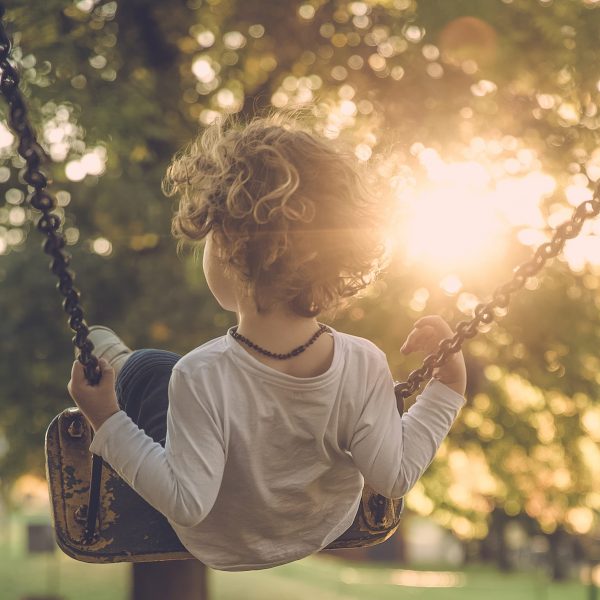New ‘risky’ playground has halved injuries – what Woodlands are doing differently

New data collected in relation to a renovated playspace at Woodlands Early Education Centre, located in Logan, south of Brisbane, Queensland, has shown that injuries at the service have nearly halved (43 per cent drop) since the installation of equipment and scenarios designed to introduce risky play.
Woodlands is one of nine services in the approved provider’s chain to have recently overhauled yards to increase children’s exposure to risk, allowing them to experiment with their play, and limiting adult intervention.
Additions to the space include forts with open edges, balance beams 1.6 meters off the ground, and climbing walls without soft fall or padding underneath. Speaking with the ABC, Co-Director Cat Marios admitted to feeling “very nervous” about the new playground when it first opened.
The team held multiple training sessions with the playground’s designer before it was opened to the children in May last year.
Once the space was made available, Co-Director Lily Barker explained, the educators had to change the way in which they interacted with the children in the outdoor space, learning to pause and hang back while children evaluated risk for themselves and engaged with the equipment.
“I think we are auto-tuned in this profession, not to stop children from taking risks, but to stop them from getting hurt,” she told the ABC.
“Very quickly we saw that the children were so much more capable than what we thought. I think we’ve shifted completely as a team to risk, navigating risk, and letting children take risk, and not underestimating their ability to do that.”
Lukas Ritson, an outdoor educator and play expert, was in charge of the redesign, and explained his thinking in the development of the space.
“Children have amazing built-in safety mechanisms,” he said. “Their brain won’t give them the cue to engage in something, if they’re not physically competent.”
Allowing children the freedom and opportunity to engage in these spaces gives them a sense of achievement, as well as providing “a big hit of dopamine” which then encourages them to try new things in future.
For those services looking to encourage risky play in their own contexts, he offers the following tips:
- Take a step back out of direct view, so the child doesn’t look to you for reassurance
- You could wear sunglasses to prevent the child searching for approval
- Pause and catch yourself before calling out “be careful”
- Give the child information to keep themselves safe, for example “that small branch might snap under your weight”
- Know the difference between a risk and a hazard
- If there is a hazard, step in and help.
To read the original coverage of this story, as produced by the ABC, please see here.
Popular

Quality
Practice
Research
Crayola Creativity Week 2026 launches as research highlights strong link between creativity and confidence
2026-01-06 07:00:35
by Contributed Content

Research
New study finds social dominance preferences emerge in early childhood
2026-01-06 07:30:50
by Fiona Alston

Practice
Quality
Research
The transformative power of affection: How nurturing care shapes early childhood development in Guatemala
2026-01-07 07:00:56
by Fiona Alston














